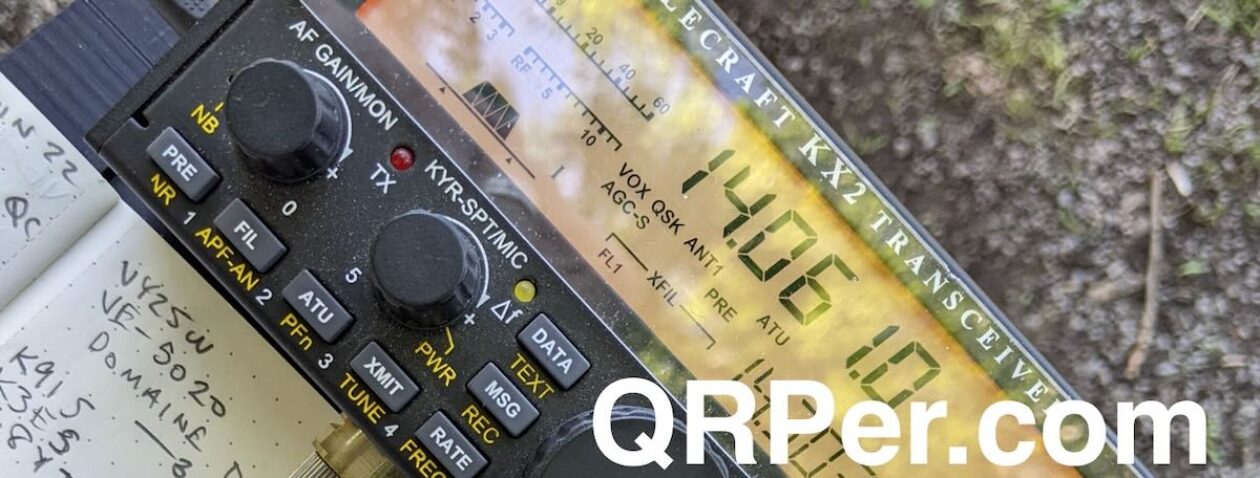Many thanks to Vince (VE6LK) who shares the following guest post and field report from Alberta, Canada:
#POTAThon1111 – report from the field
by Vince (VE6LK)
My goal is to activate all of the parks I can that have never been activated.
I’m blessed to live in such a beautiful part of the world and see these parks up close. One wall in my shack has a map of all the un-activated parks and routes within a day’s drive of me, and most are already planned with routes. There will be more #POTAThons!
[Click all images to enlarge.]
#POTAThon is what I call it when I plan on getting to more than one park in a day. Usually these things aren’t thought of for weeks in advance, they are more like a “tomorrow morning” kind of thing. Opportunistic, if you will.
But first, a note about the day I chose…
November 11 is called different things in different countries, but what we share in common is we honour our Veterans and we give thanks for the freedoms they fought for. So today I paused to give thanks and think of the lives they gave so that I have the freedoms I do today. I would bundle up that giving of thanks into an urgently needed day away from the office.
And with that, #POTAThon1111 was born.
#POTAThon is what I tag these activities on my Twitter feed and the month and day denote when it happened. By definition a #POTAThon is more than one activation in a day; I’m simple like that. #POTAThon1111 is the third such event.
The first was #POTAThon0930, an ambitious day attempting 8 sites with two operators and most of them in backcountry outside of cellular range. You can see the video from that day when you click on this link. We didn’t get to all 8 but we had a hoot trying.
Just before I departed for #POTAThon0930, Thomas Witherspoon K4SWL (you know him, right?) said words to me I’ll never forget: “Vince, just work CW at a speed where you are comfortable, people will adjust. If you work the sacred language, I will find you.”
With those words of encouragement, I gave it a go. On that day I worked CW and a bit of SSB, but since then it’s been all CW for POTA. While the propagation wasn’t with Thomas and I on 0930, we did connect some weeks later – KX3 to KX3 no less.
You need to understand that I think I’m terrible at CW, but I also need to let you in on a secret: there’s no such thing as a Bad CW Contact. I explain that concept in more detail on YouTube, and the essence is: just do it and roll with it, warts and all. People adjust their ways and usually their speed. Go out and have fun trying. Continue reading Vince’s chilly #POTAThon1111 run on Remembrance/Veterans Day 2022







































